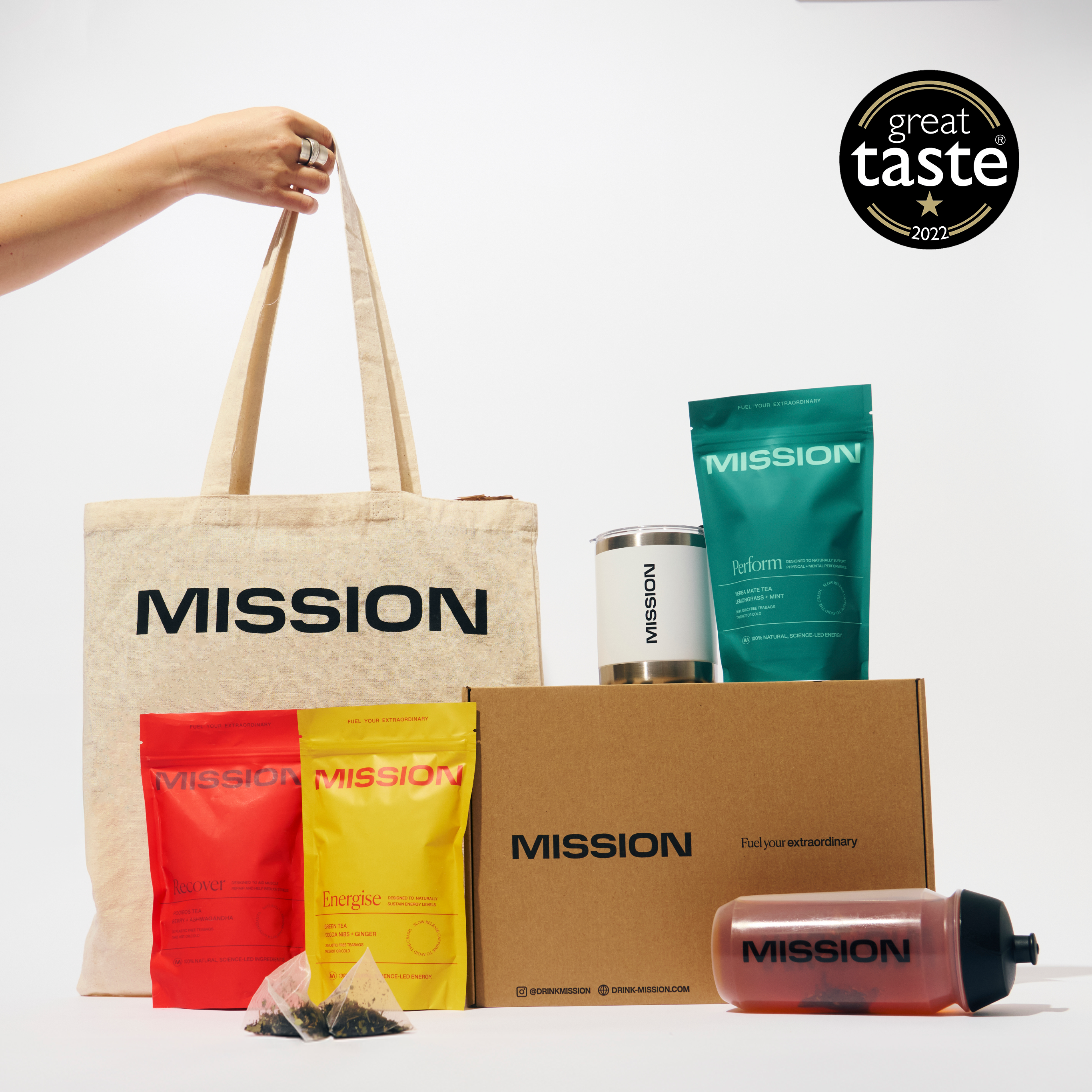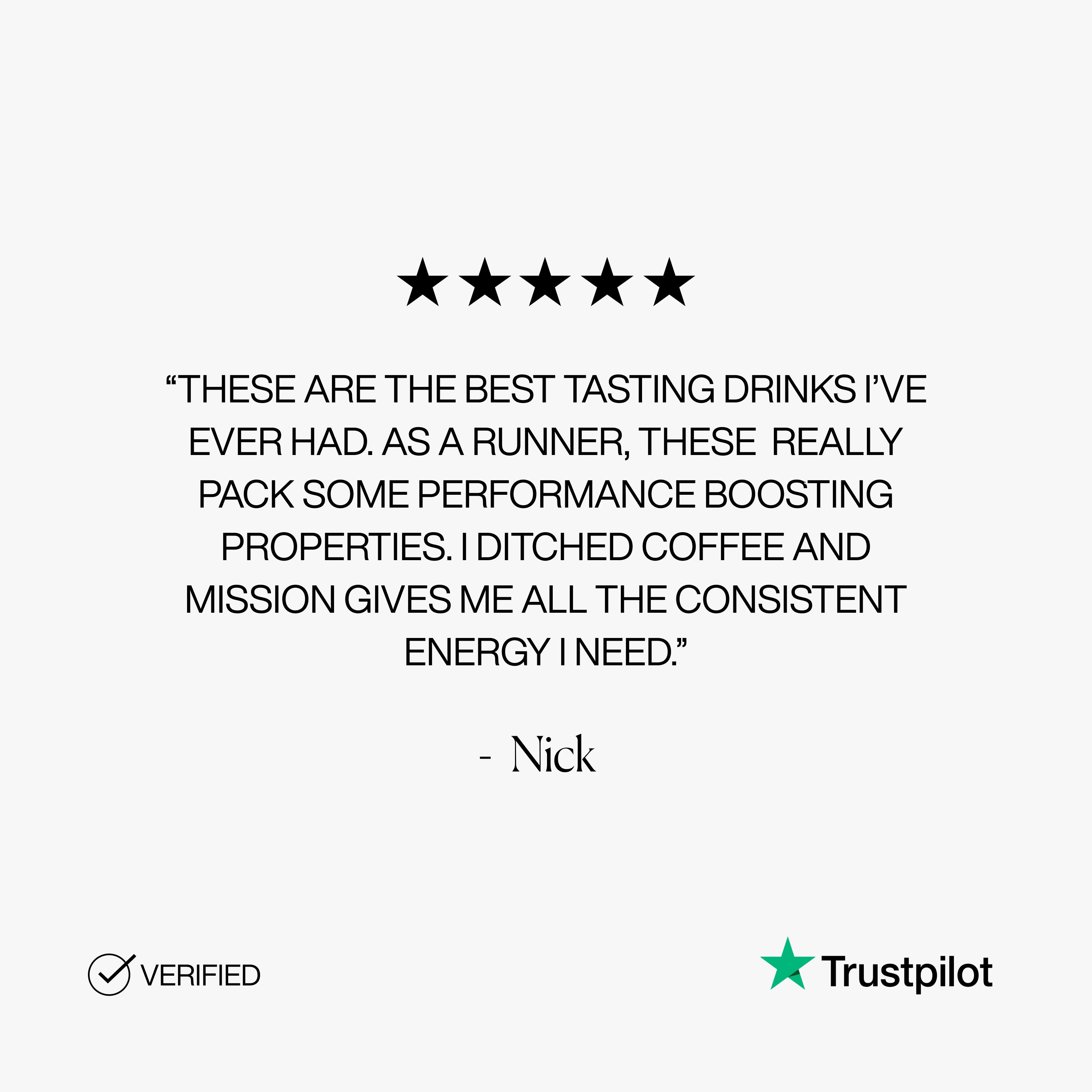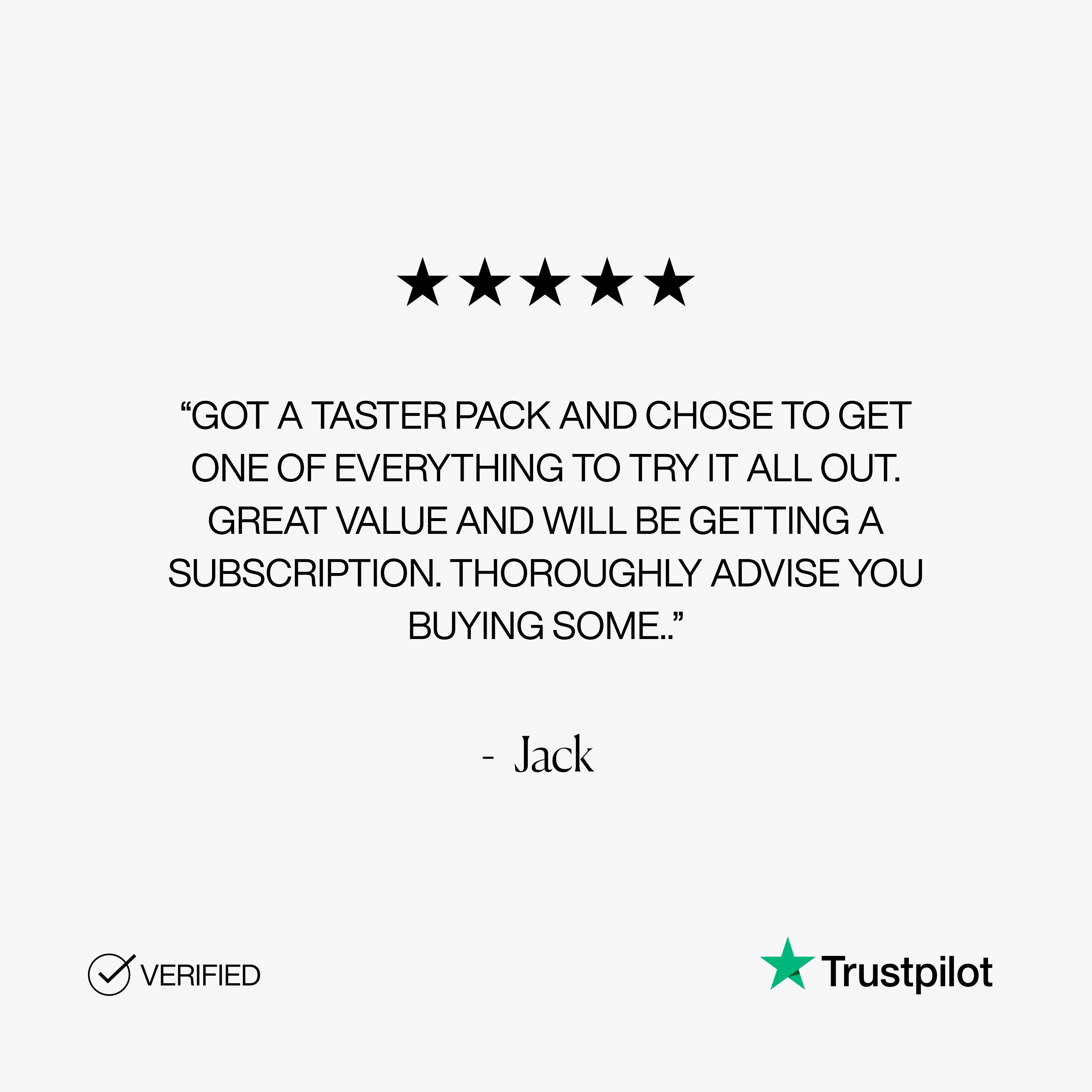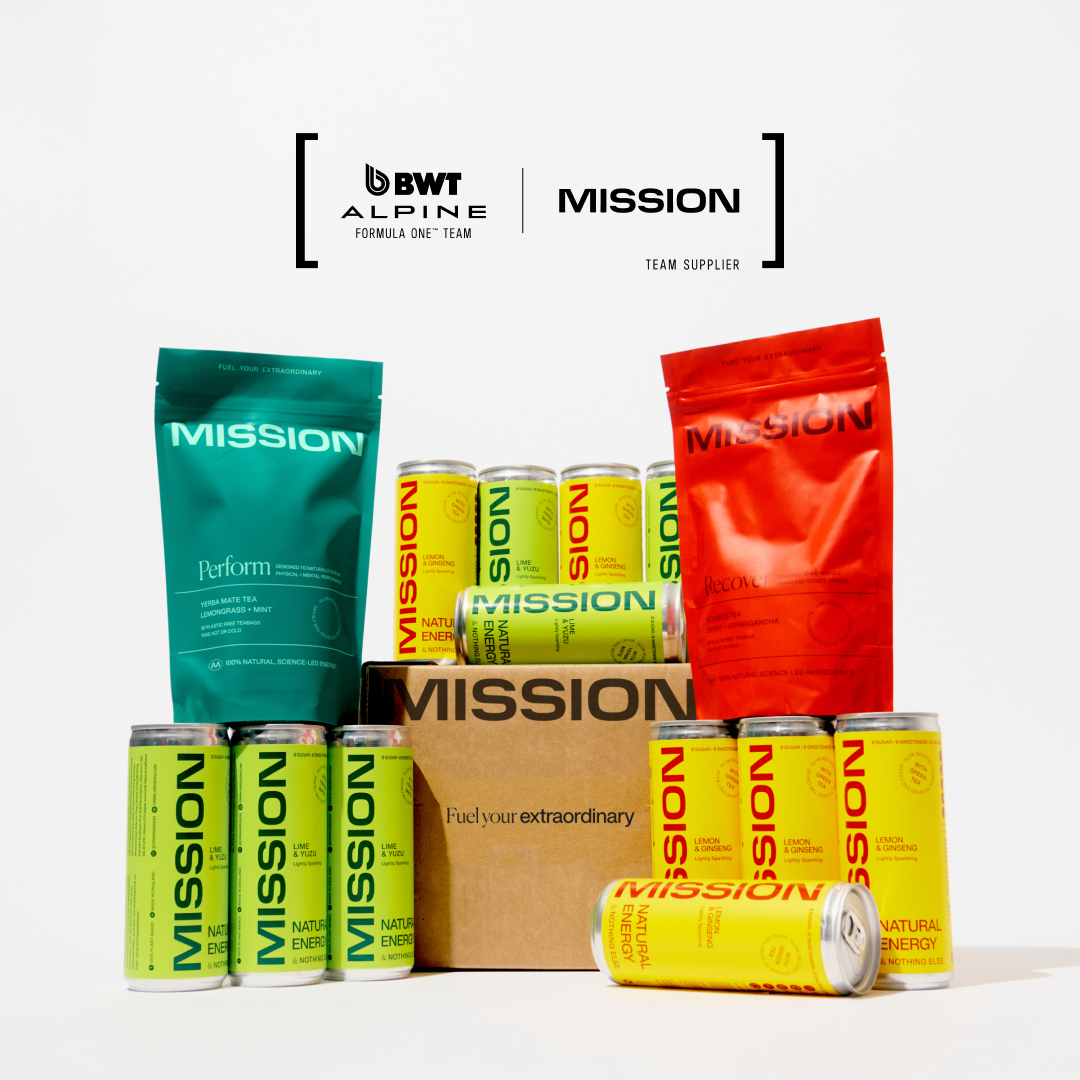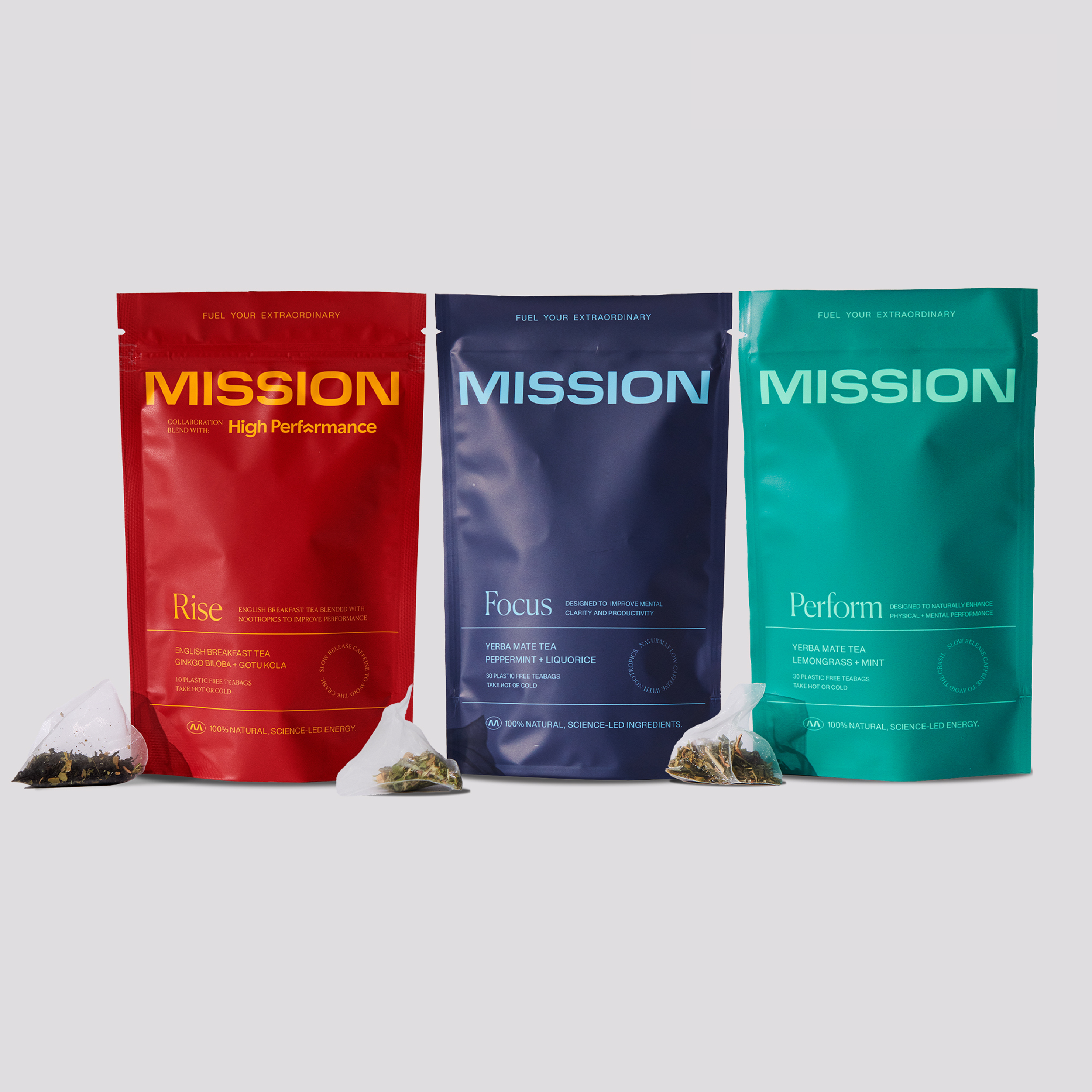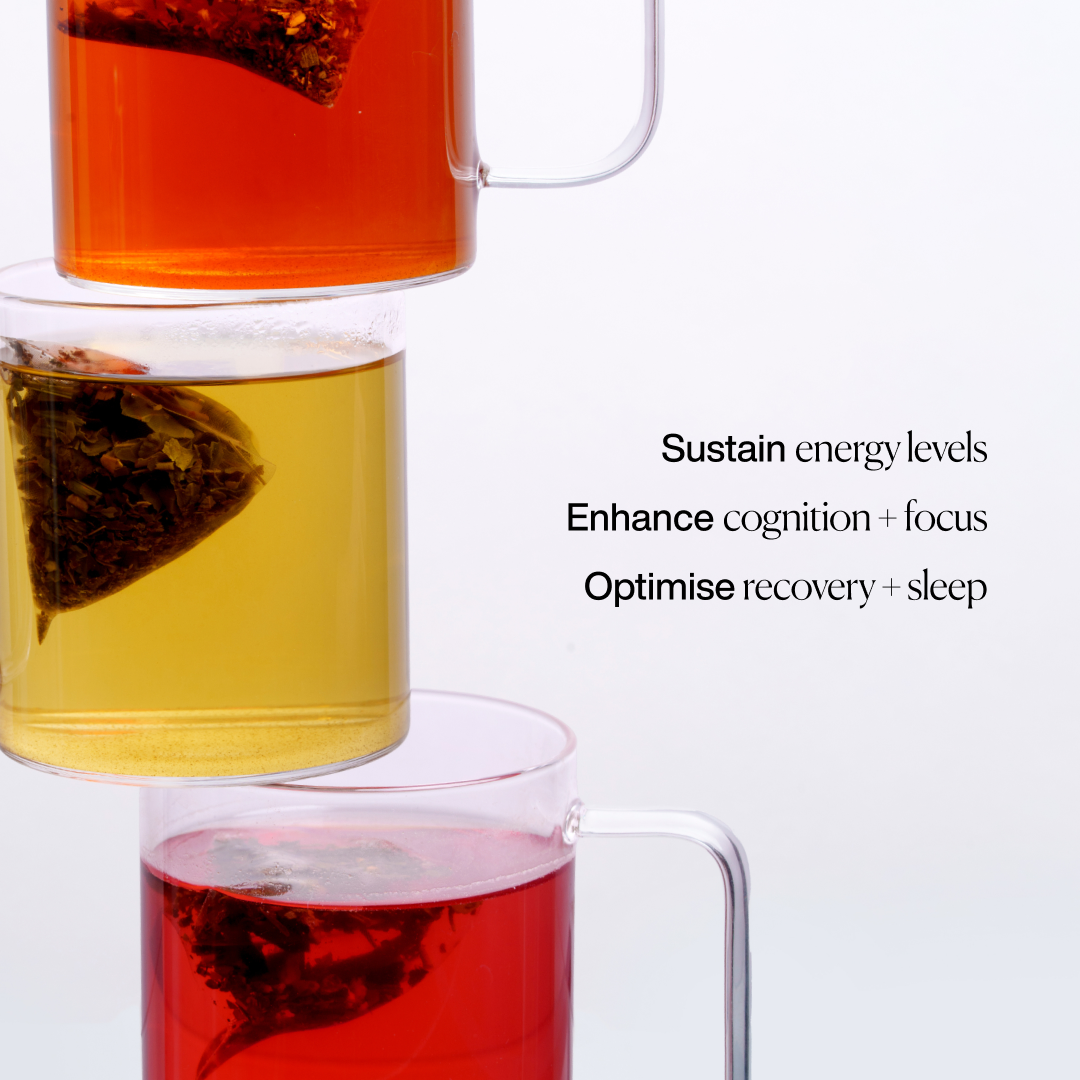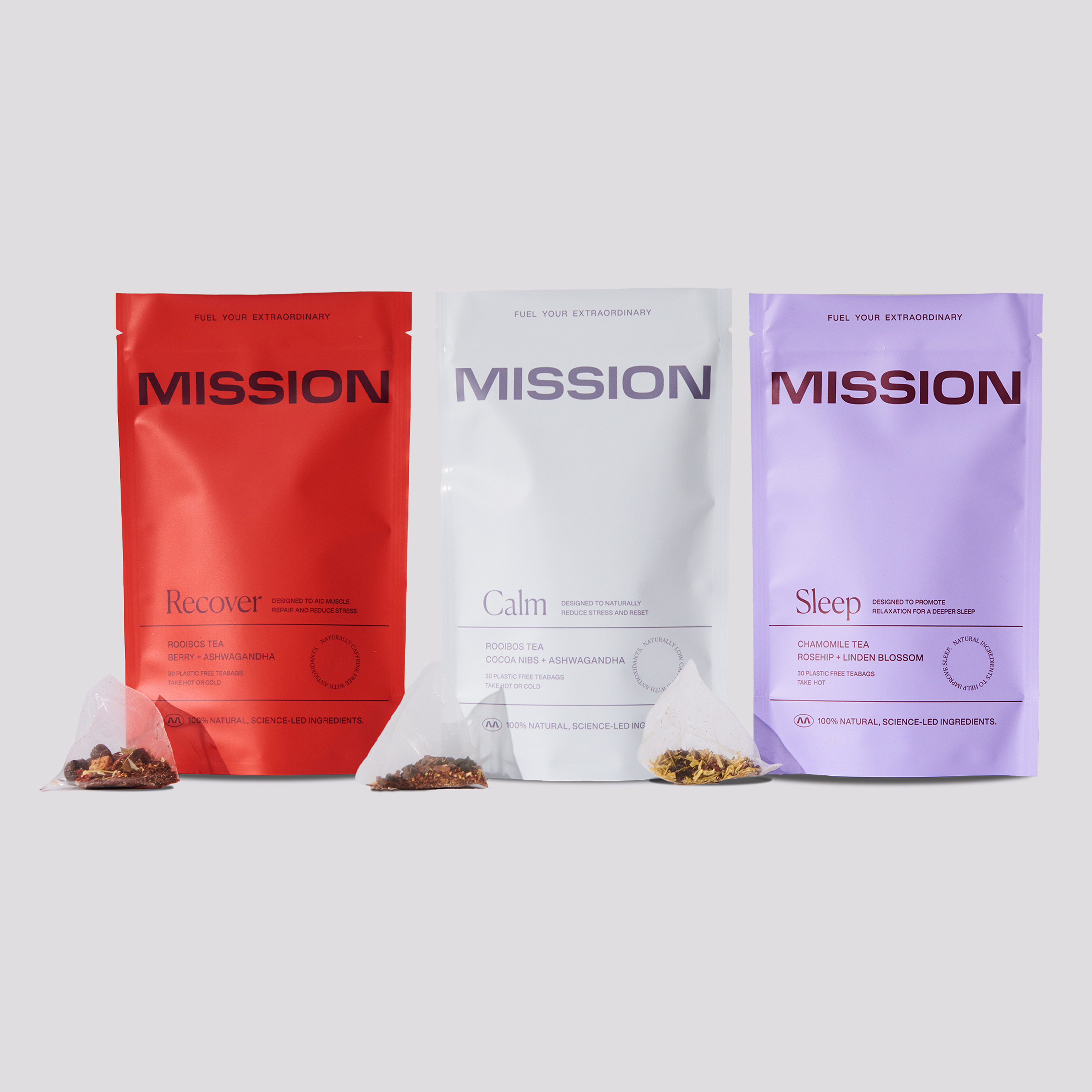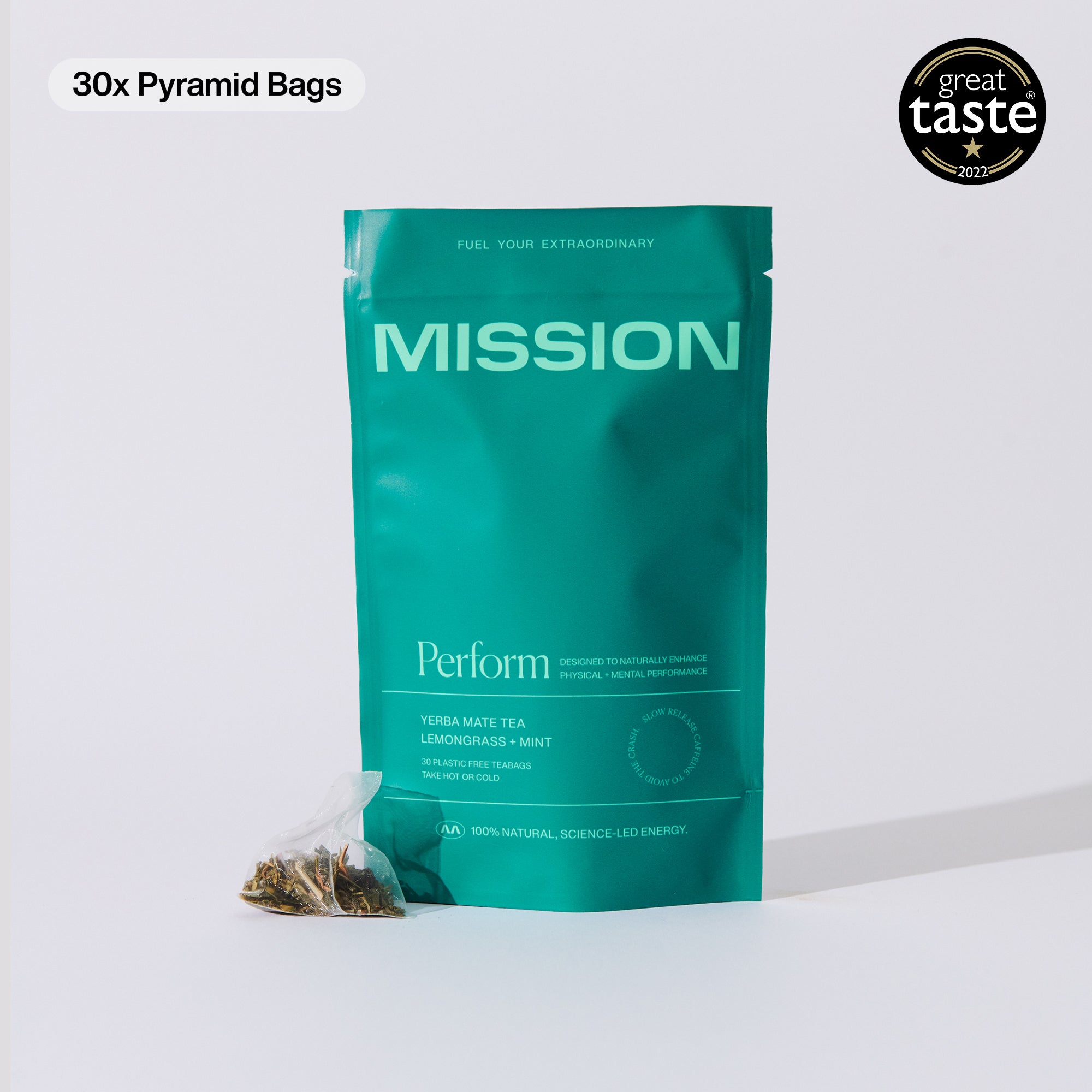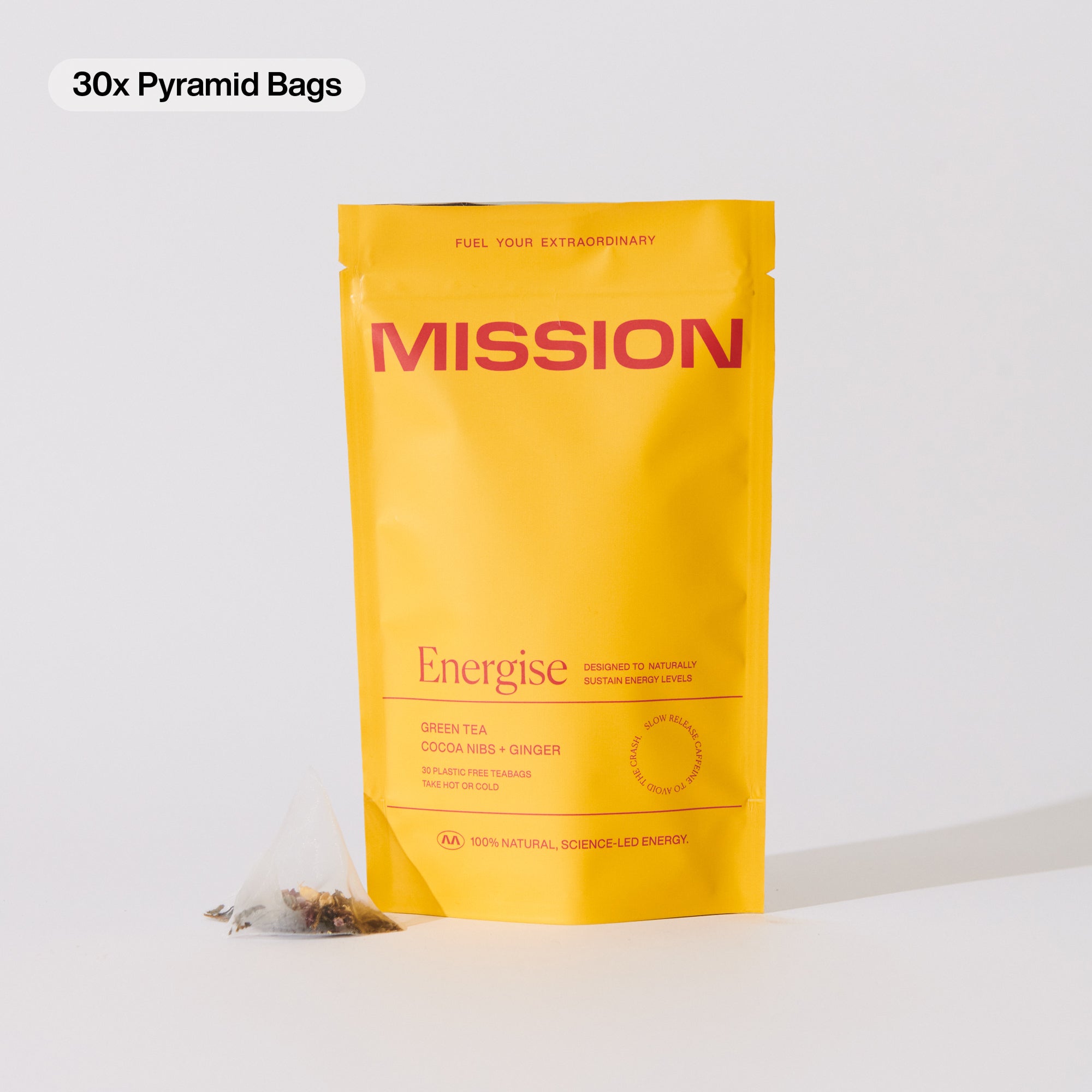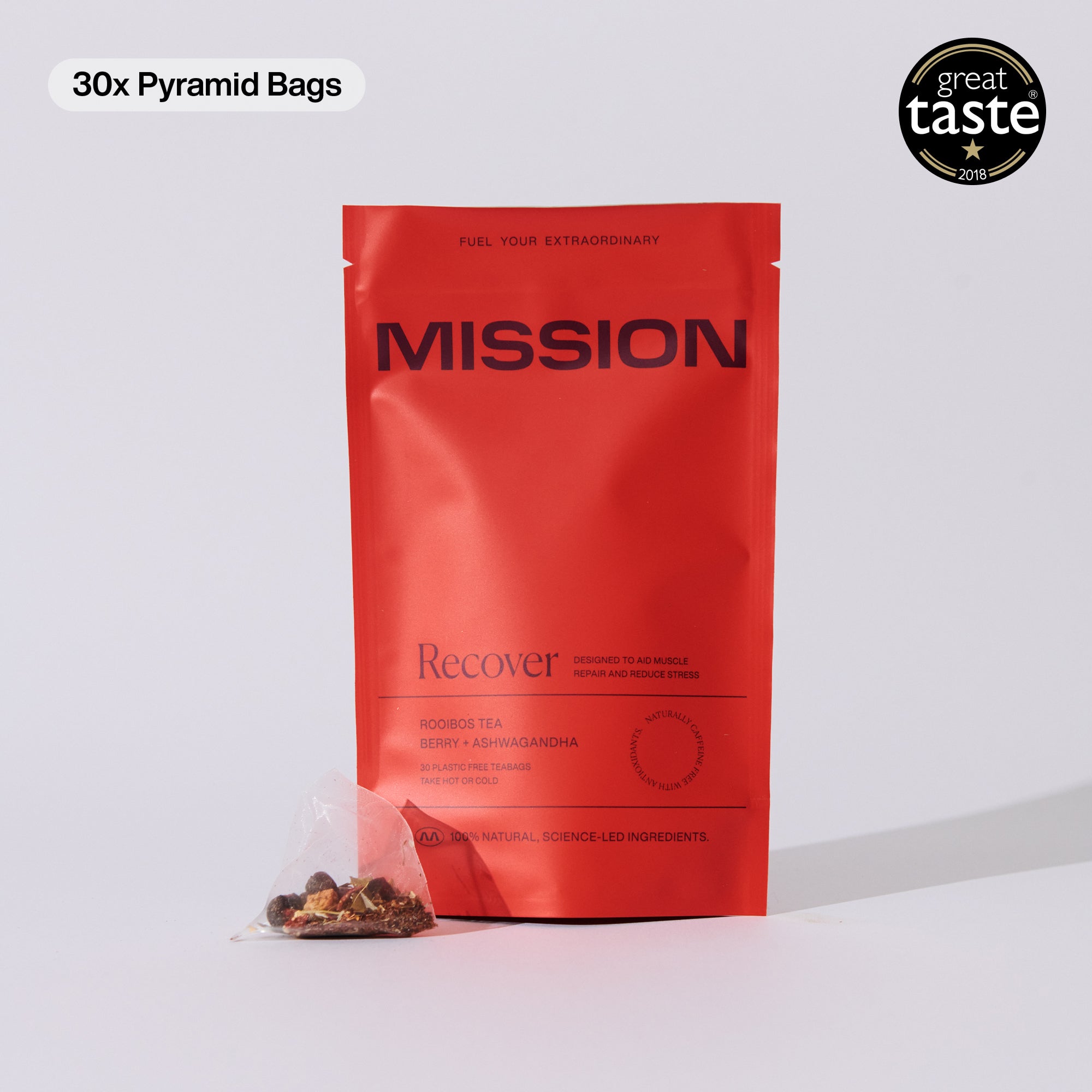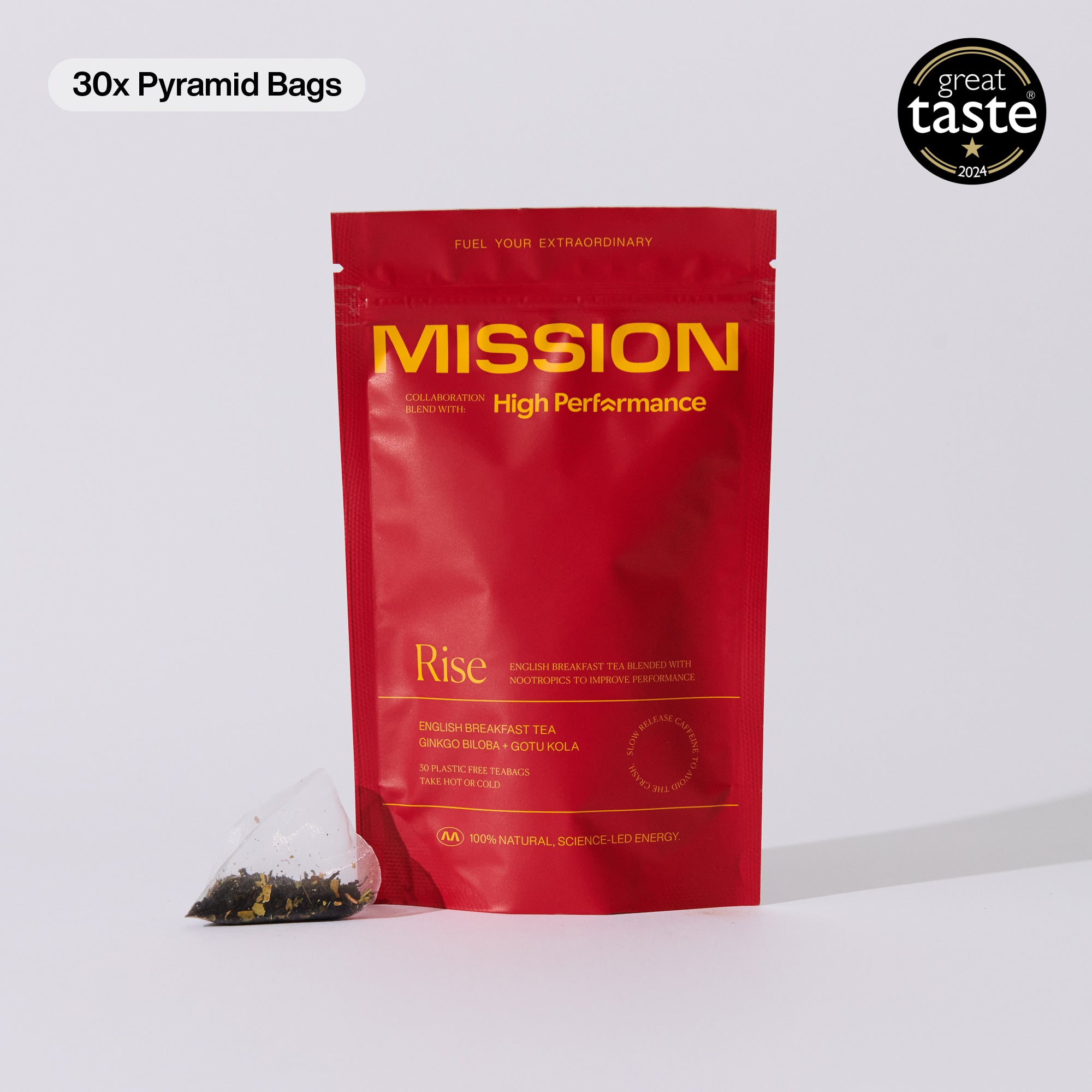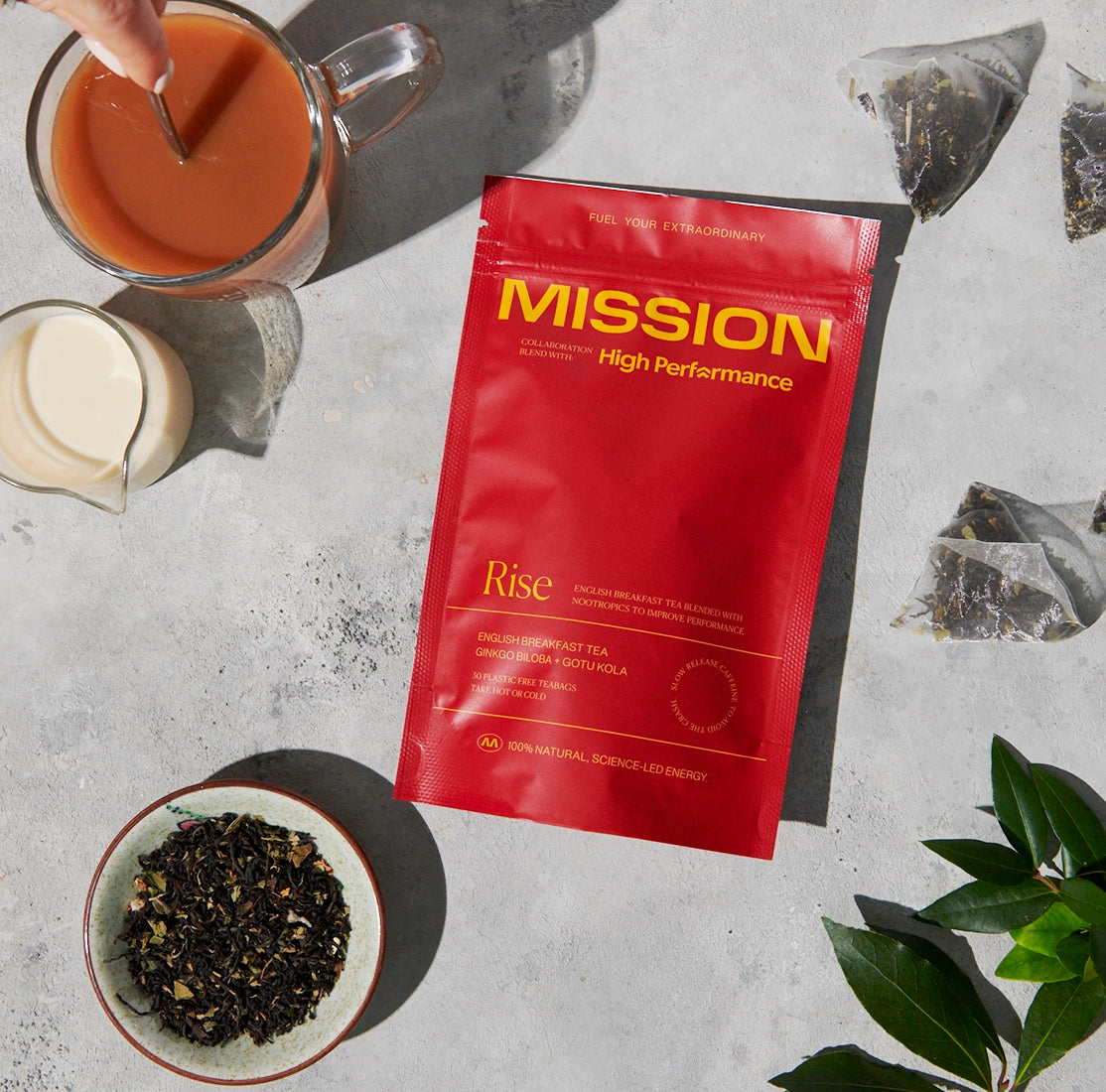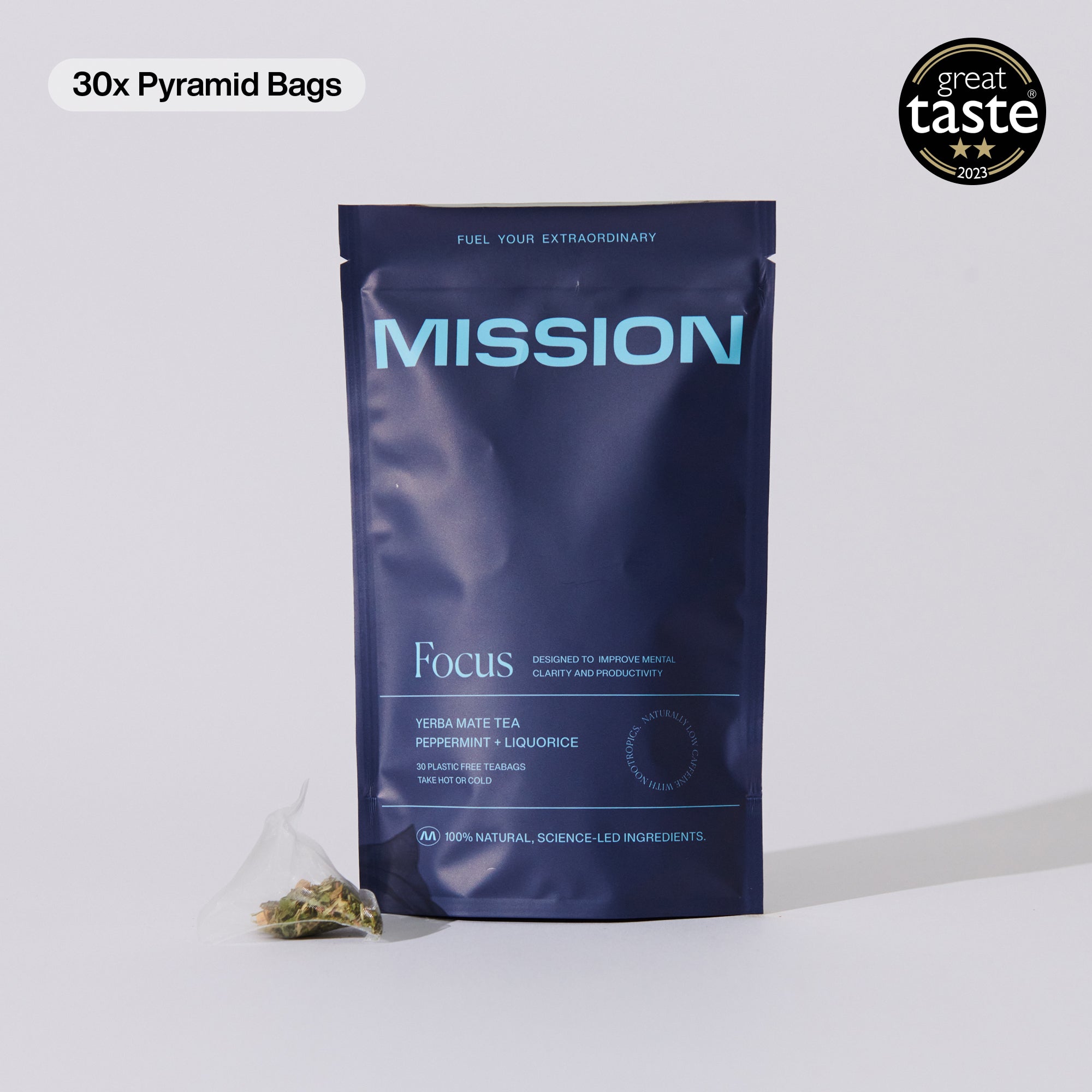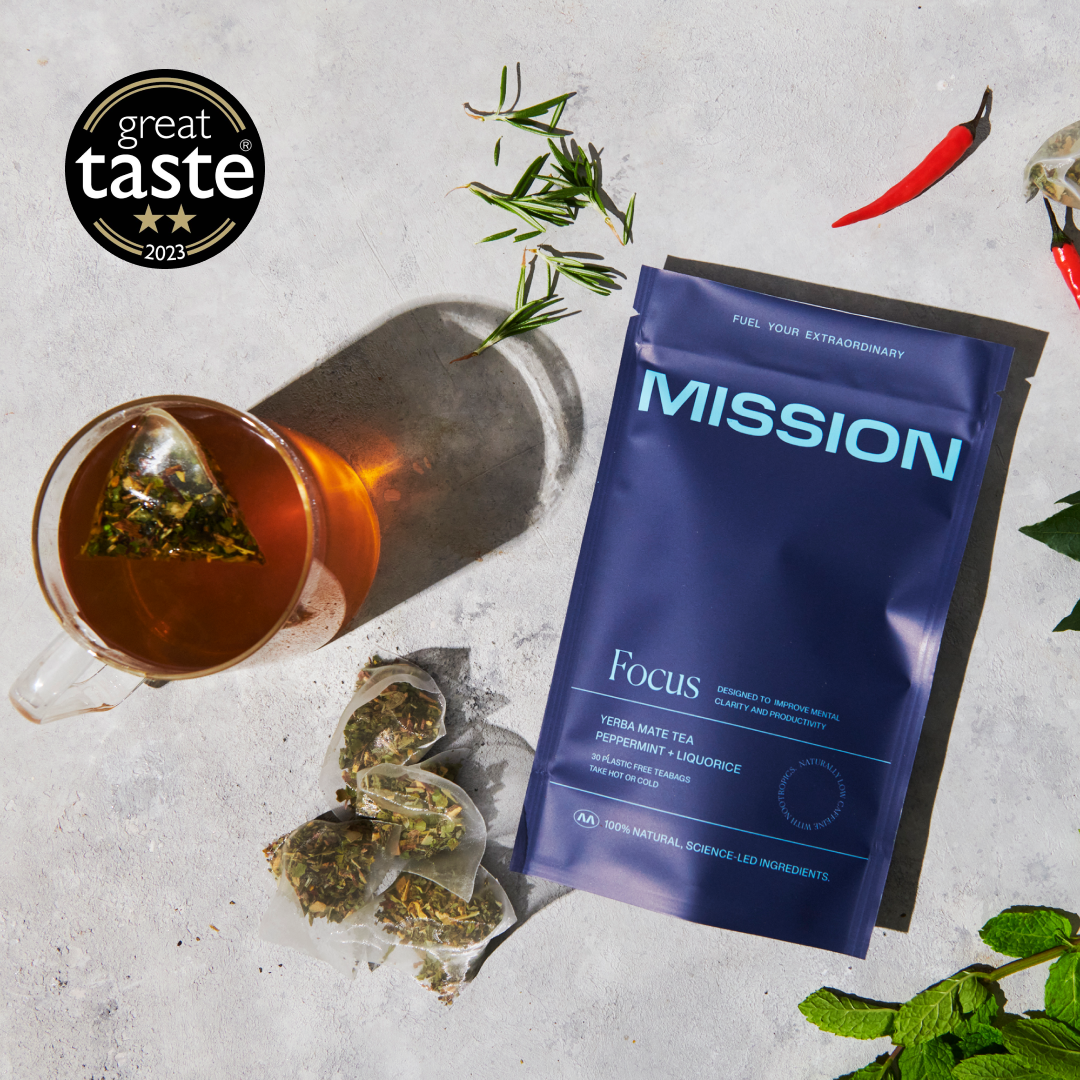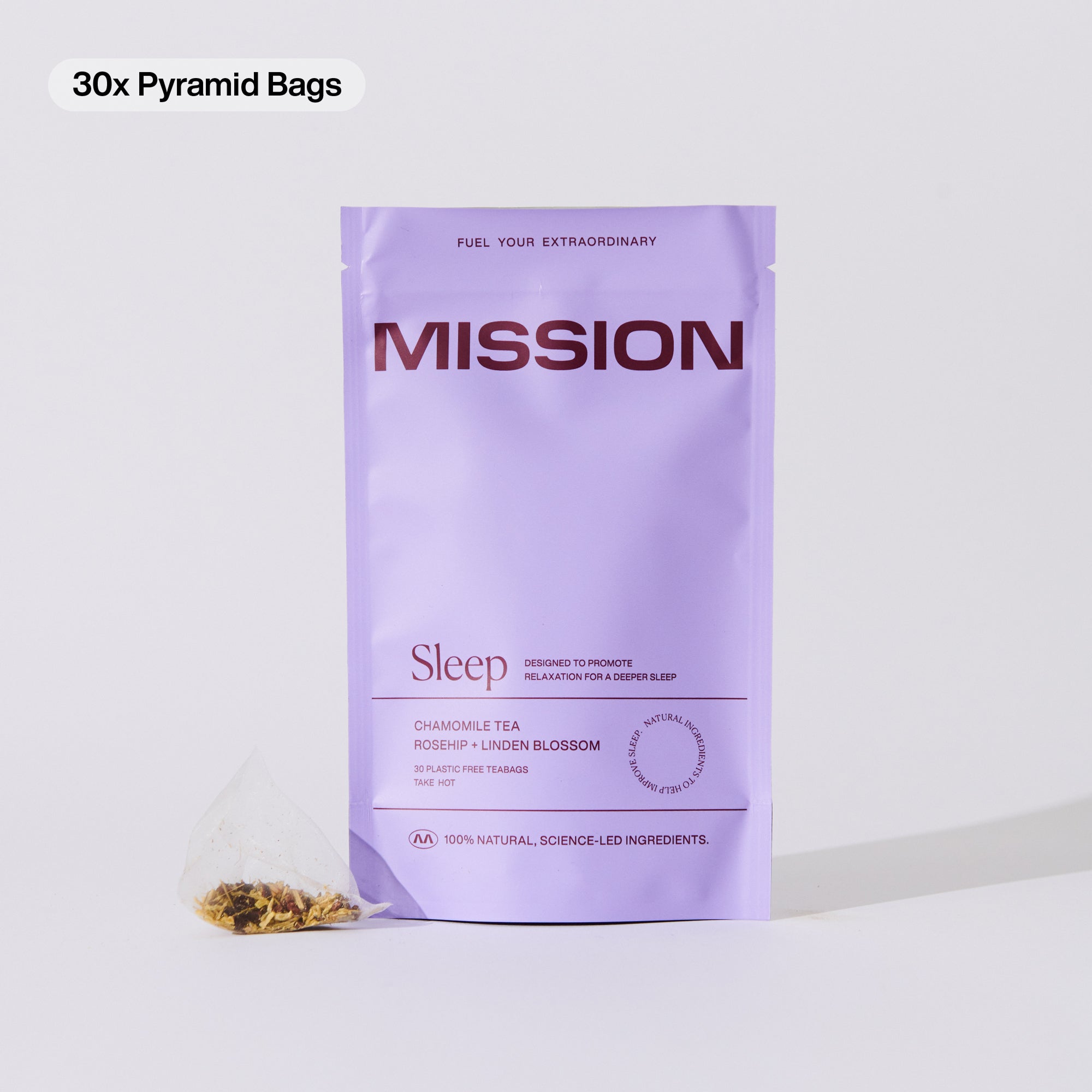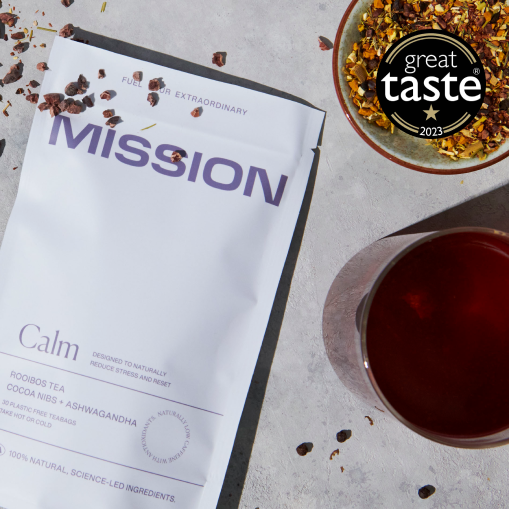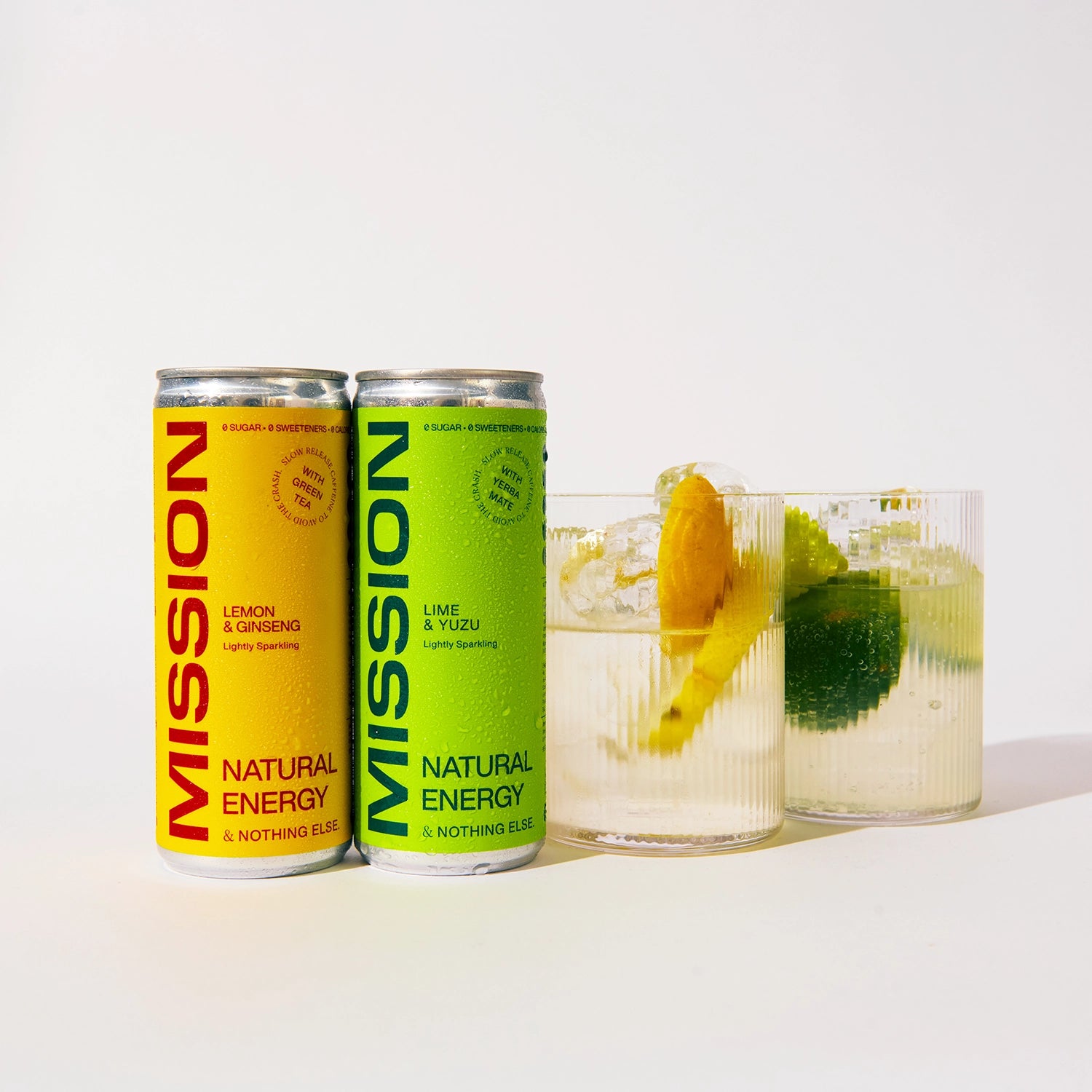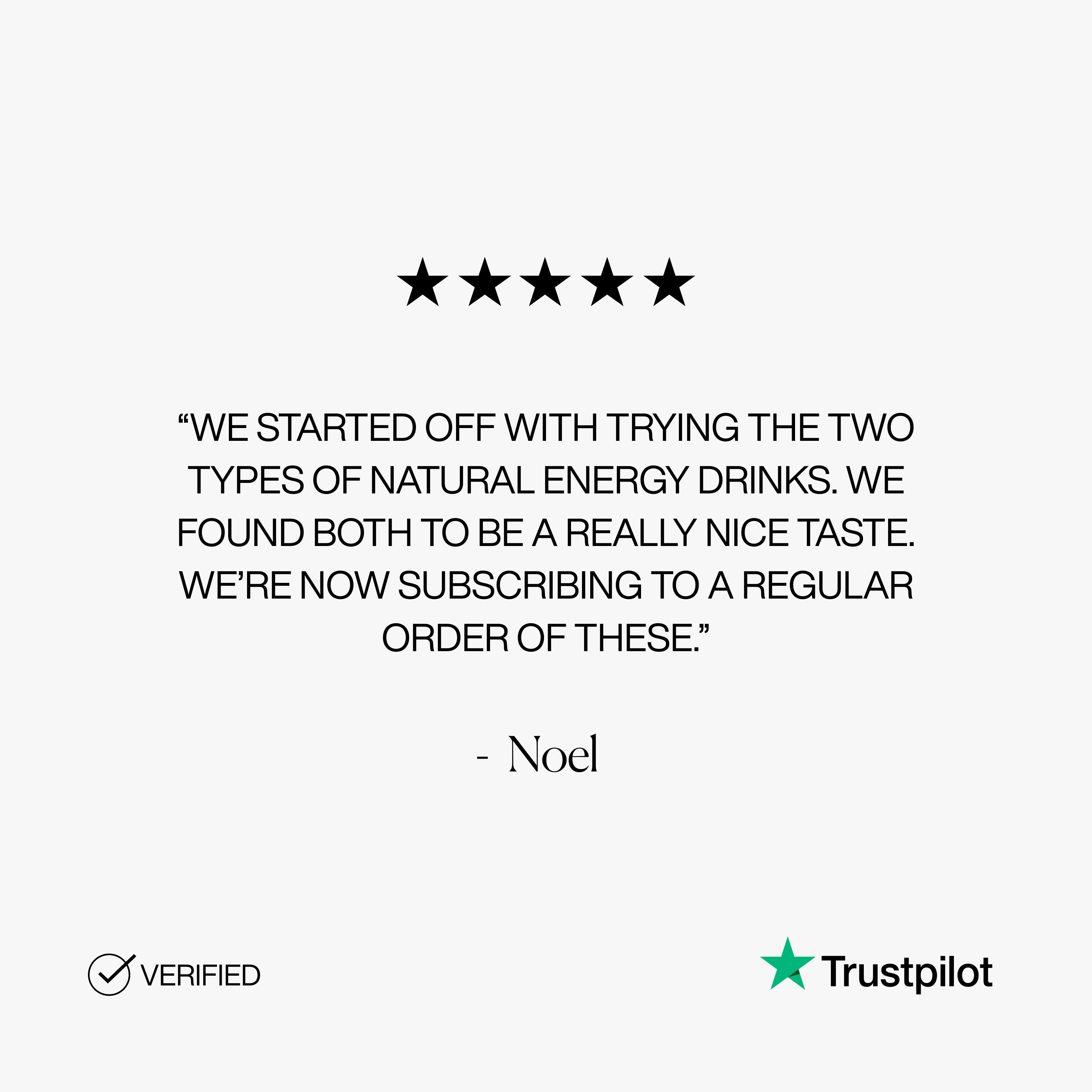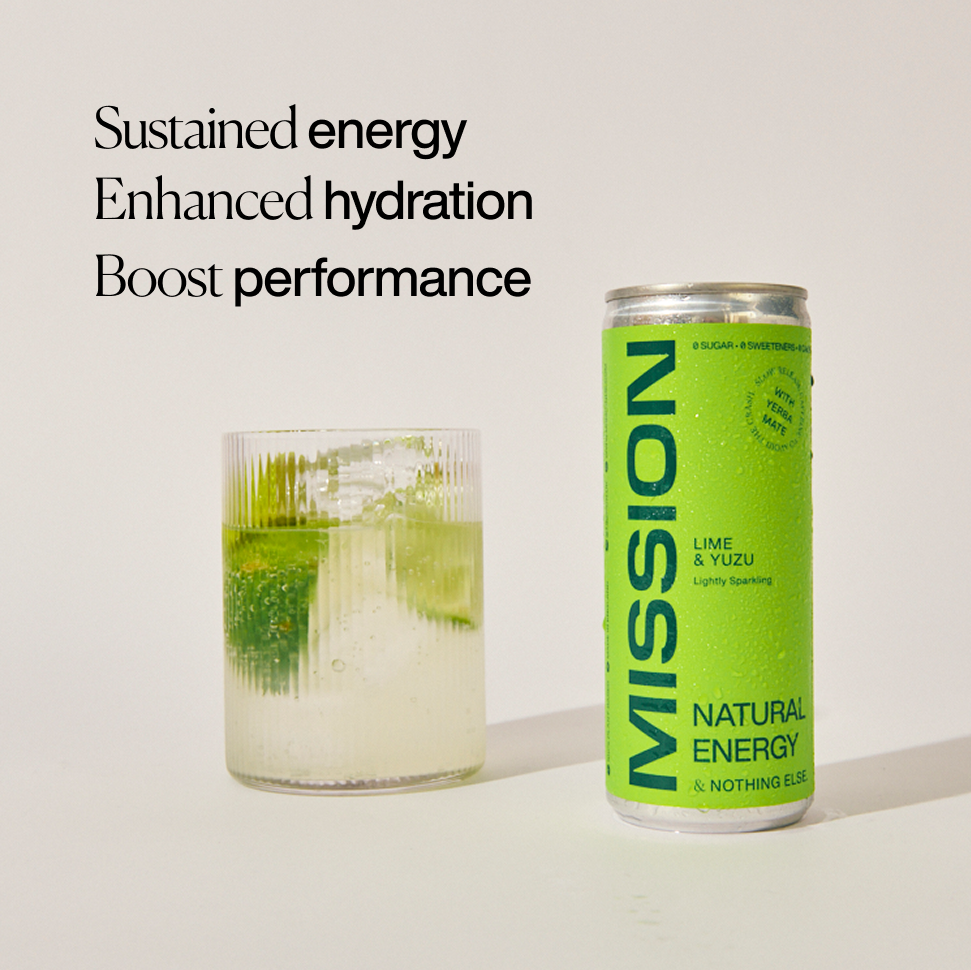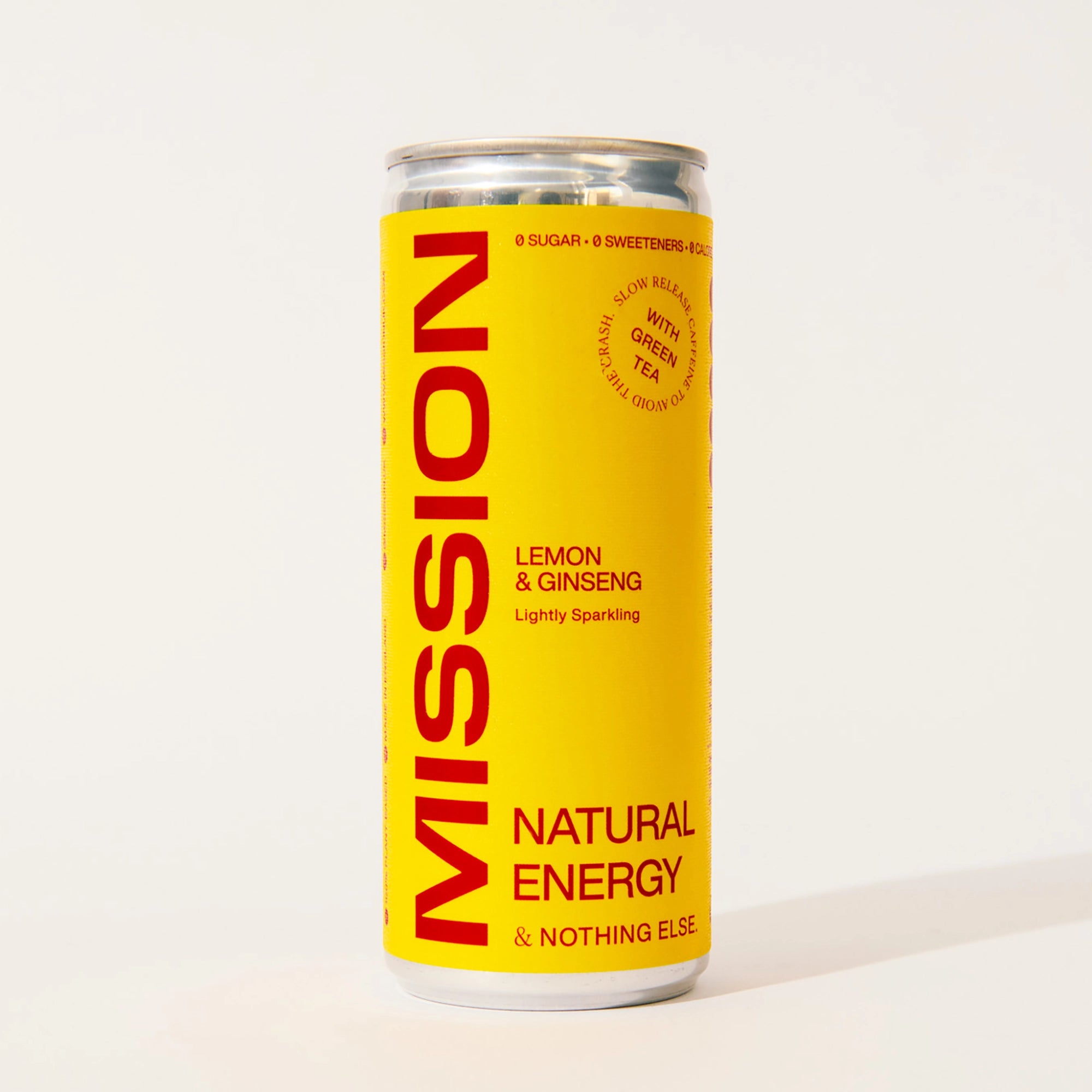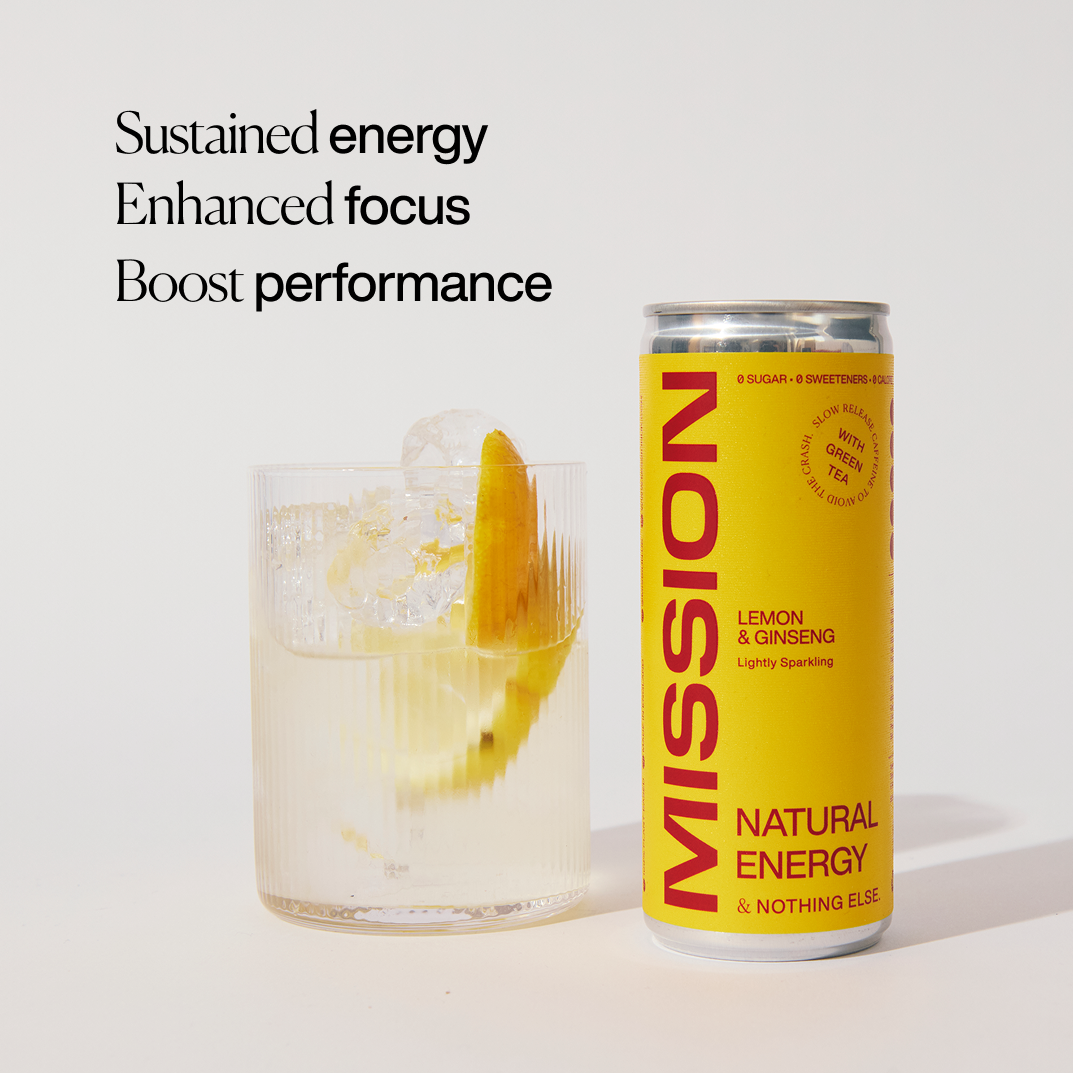Cycling the Length of South America - A Daily Struggle
Most people will see this image, check our Instagram and say: “cycling the length of South America? That looks like a bloody good holiday”. Well, the answer is a little bit more complicated than that.
Below I’ve set out as best I can what a normal day in our lives would be like on the nine month journey. Have a skim; it’s probably not quite what you’d think.
The Challenges I Faced, Cycling Across A Continent
“Expect problems and eat them for breakfast” Alfred A. Montapert
The day usually begins between 5am and 7am. This depends on three main factors: how much of disaster the day before was, whether someone is ill, and how much of a disaster we expect the upcoming day to be. If the answer to all three of these is positive, we get to lie in until 7am and we’re winning.
The problems we eat for breakfast are the logistics of the day ahead. Cycling in South America isn’t quite like cycling in the UK. Shelter or food supply can be hundreds of kilometres apart, windspeed can regularly reach 100 kph, tarmac roads can turn to sand without warning, and the Andes is quite a hilly place, did you know?
The first hour of the day is therefore spent with a map and talking to any locals in slowly improving Spanish. At the same time, we are eating as many calories as humanly possible. A usual breakfast contains a few pieces of fruit, a large bowl of porridge, and around six scrambled eggs with vegetables (sometimes less, sometimes more).

“You don’t have to be great to get started but you have to get started to be great” - Les Brown
We then accept the inevitable and do what must be done - start cycling, a lot. Most days would cover around 100 kilometres which means, with 20kg of luggage and hilly off-roads, anywhere between 6-12 hours of time in the saddle. Take into account breaks and this can easily mean a 14 hour day or more.
Initial group discussion on the bike sometimes lasts a good while but we are far beyond awkward silences by now. Podcasts, audiobooks and Spotify see us safely through to lunch; my favourite part of the day. Food ranges from cold porridge in the middle of the Atacama desert with the nearest person 200 kilometres away, or a bustling Colombian roadside cafe filled with chatting locals. Sometimes we eat in silence and sometimes we have the most passionately fuelled conversations I’ve ever seen. Whatever the weather, a yerba mate is always close by.
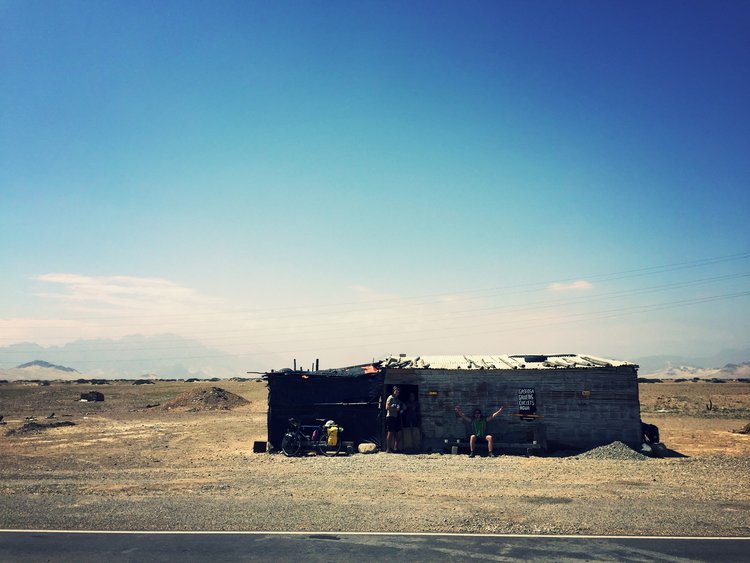
This food shack made for a great lunch spot; the only building for 250 kilometres.
"We are what we repeatedly do. Excellence, then, is not an act, but a habit.” - Aristotle
The afternoon is where the mental battle kicks in. If you’re lucky, you’ll find a flat tarmac road but they are rare here. 3pm is about the time your inner-demons start to say: “Just stop here for the day and make it up tomorrow. Climb it later, don’t push, give up now.” It would be a lie to say we don’t sometimes give in to these demons, but allow it to become habit and you’ll end up getting nowhere. Teamwork kicks in and we see each other through until the sun goes down.
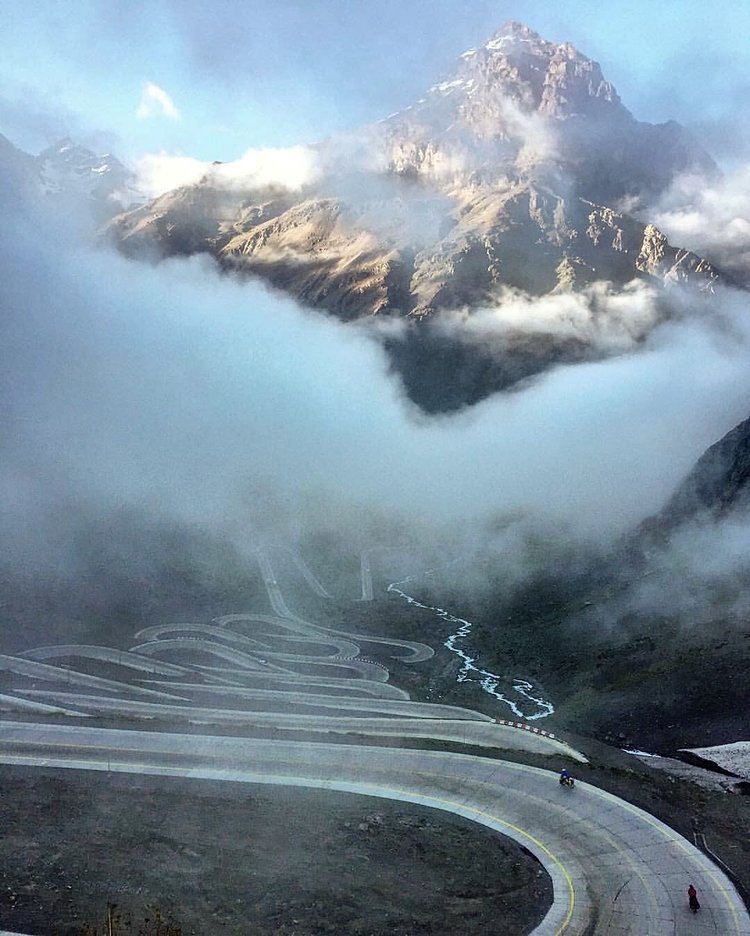
Cycling the Andes - be prepared for some climbing.
Finding a place to stay is the next task; be it a petrol station floor, abandoned bus, a local’s spare room or in the tent. This can be quick but sometimes takes over two hours. A big dinner, stretching, and planning the next day all follow. It’s 9pm and everyone is already fast asleep; we’ve got a big day ahead.
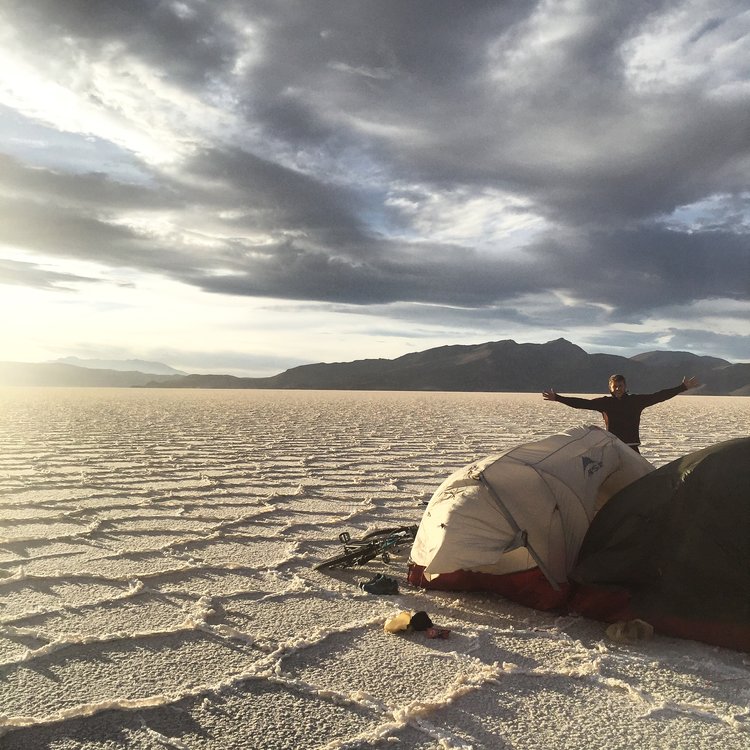
Camping on the Bolivian salt flats. Choosing a spot on this occasion was fairly simple.
Cycling Across South America - Is It Worth It?
The routine above is no exaggeration. To cycle the length of a continent you have to be prepared for some gruelling times, and be prepared for them to last a good while. But yes, it’s absolutely worth it. It’ll take another post to explain why.







